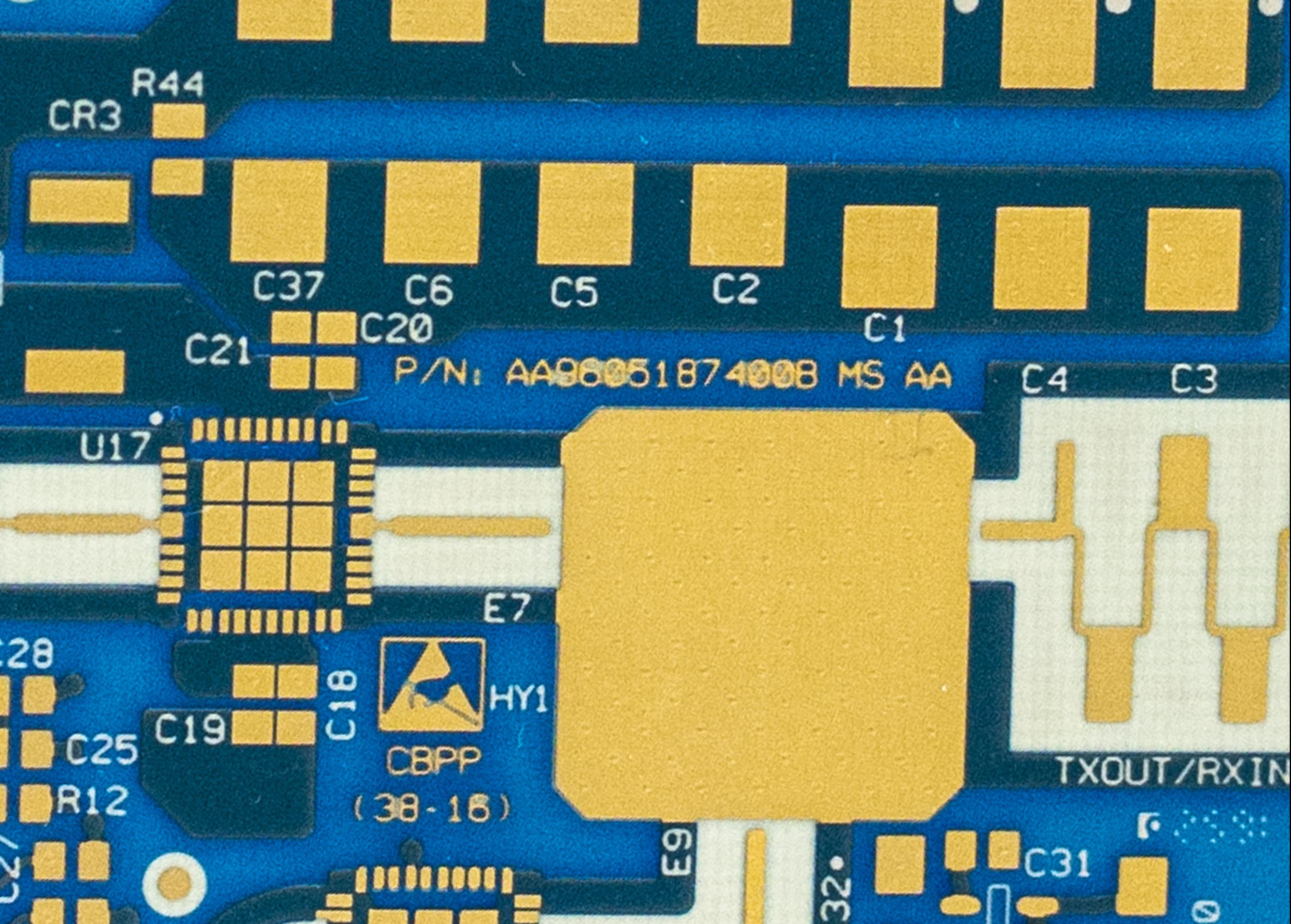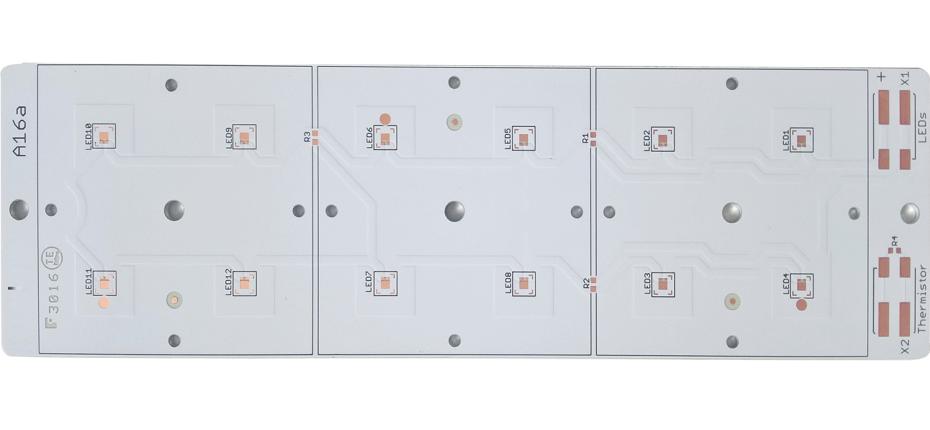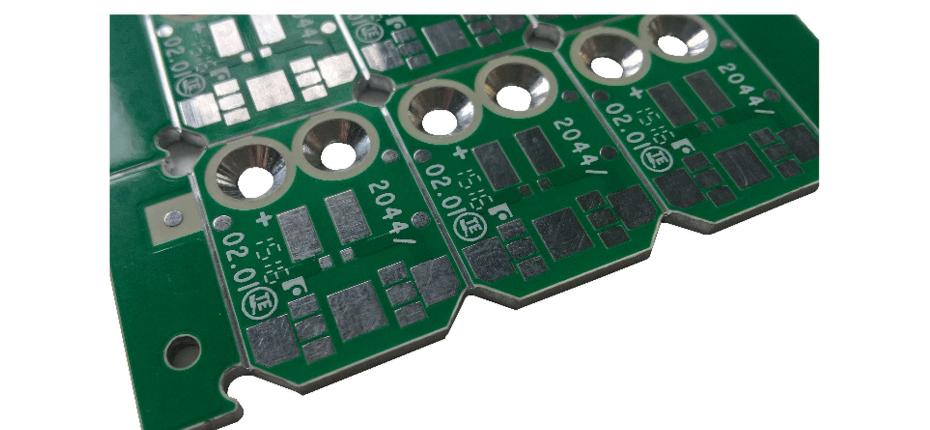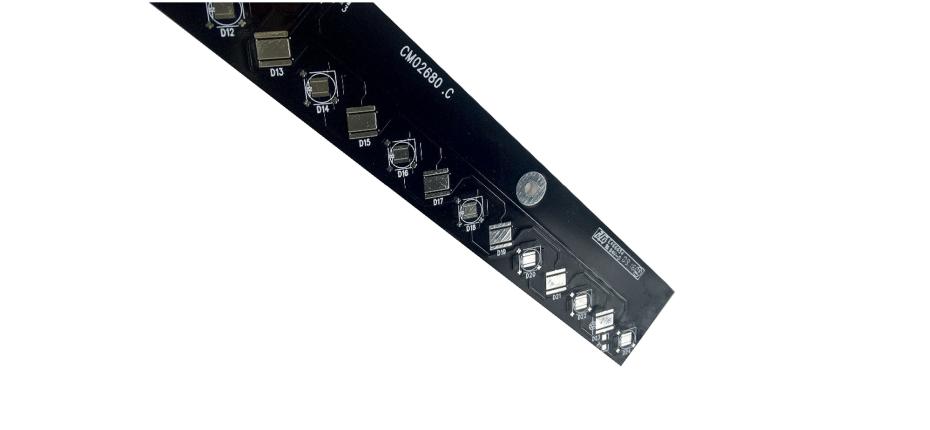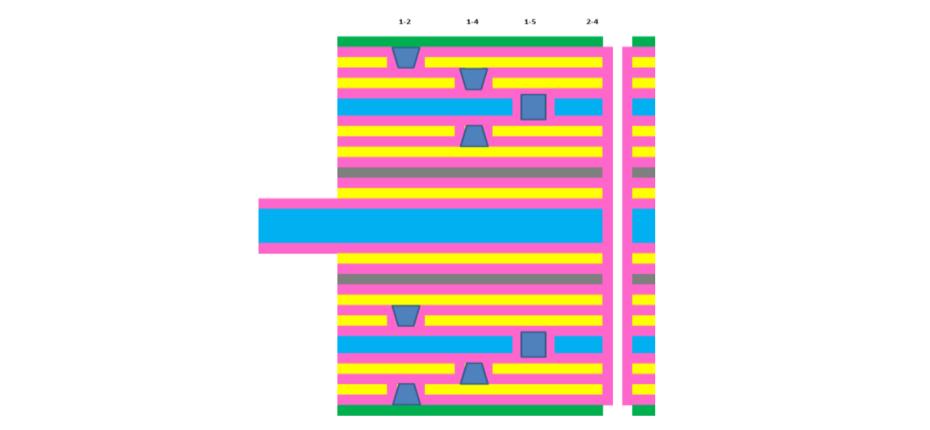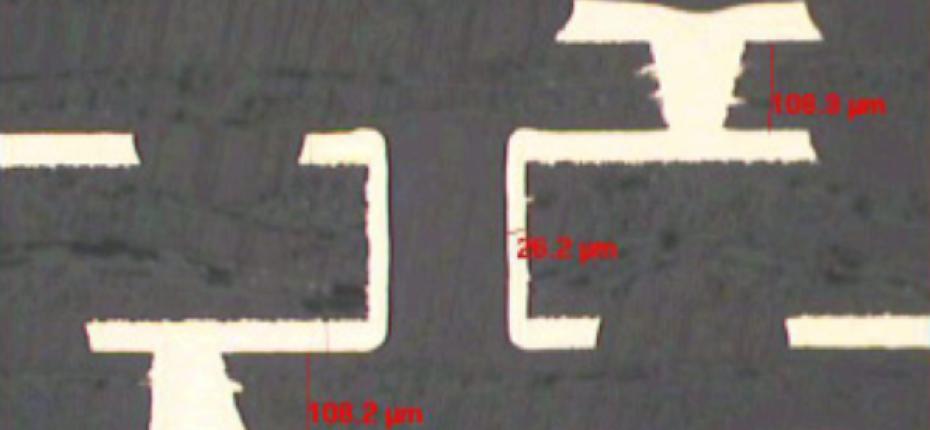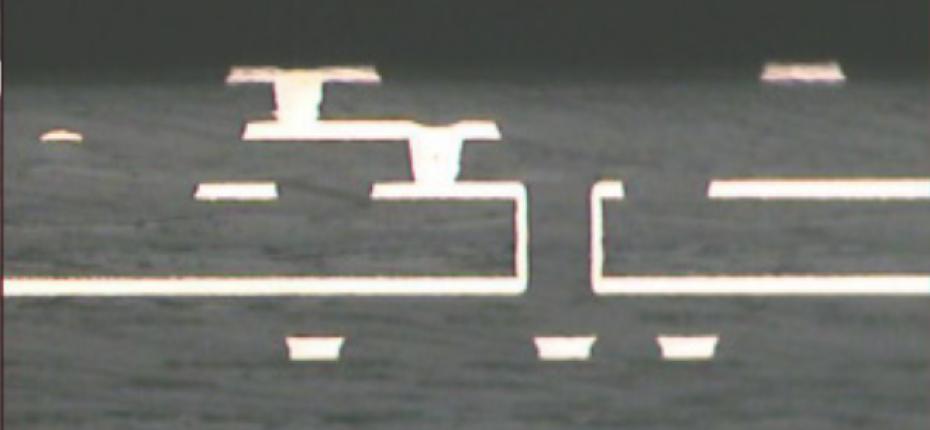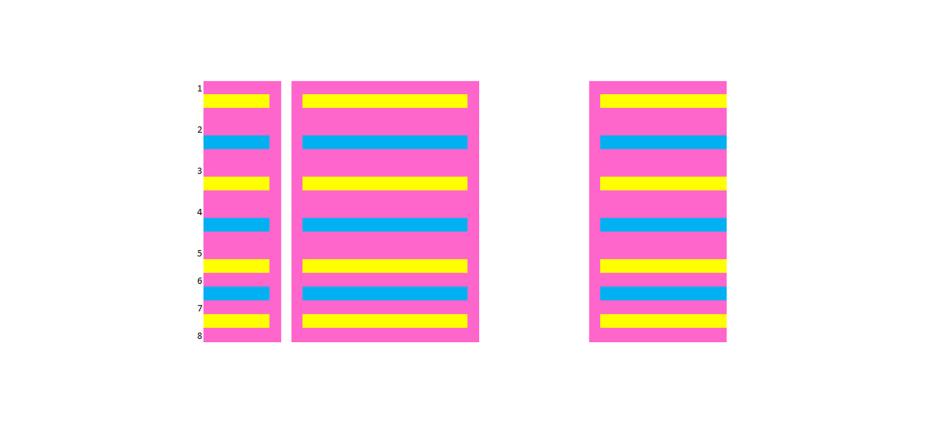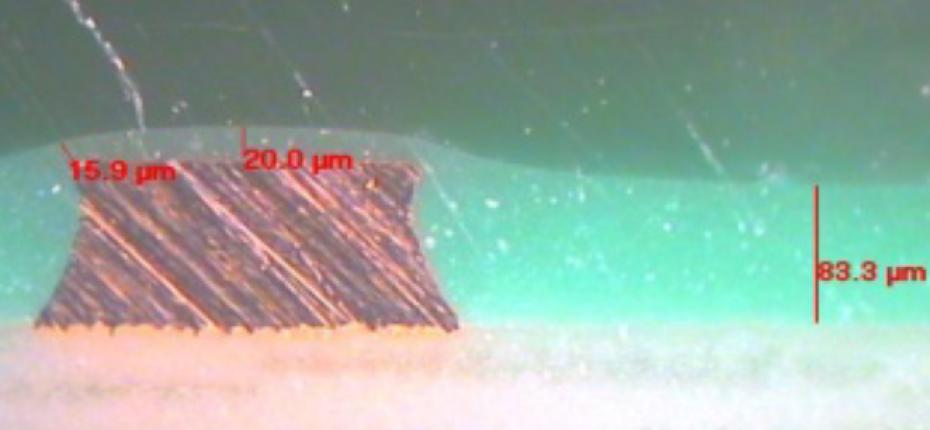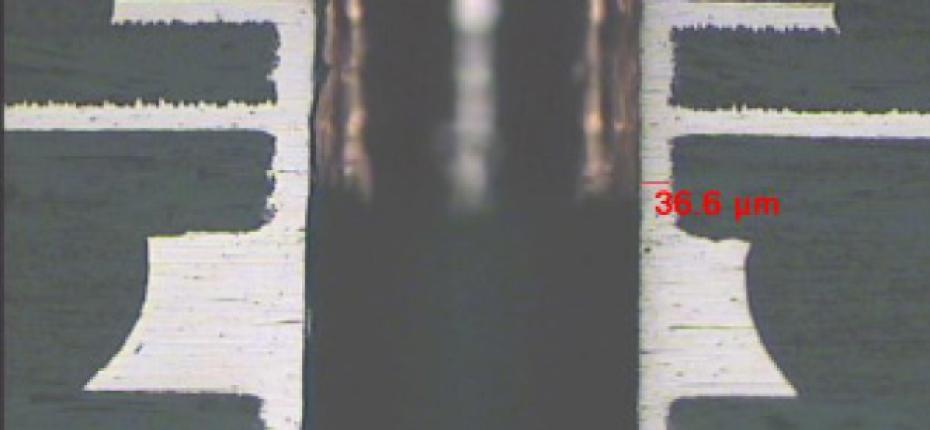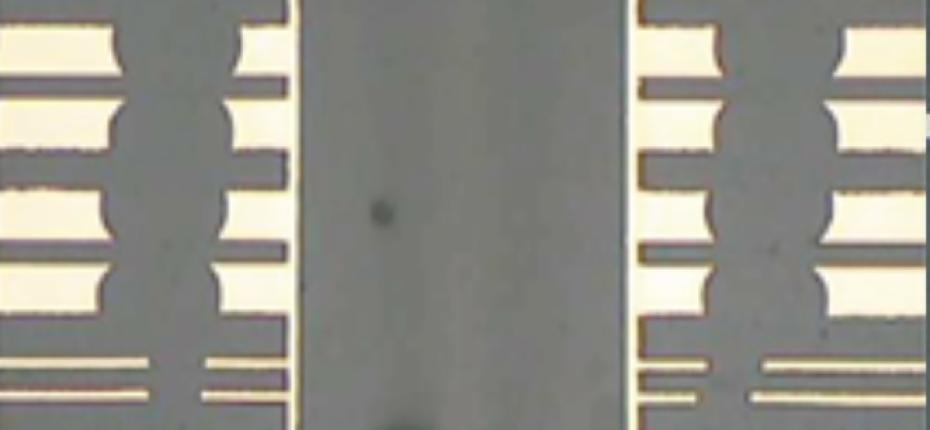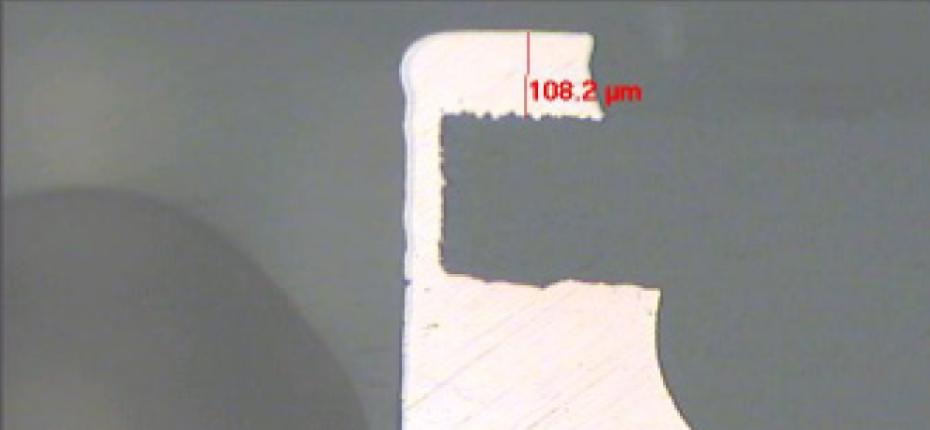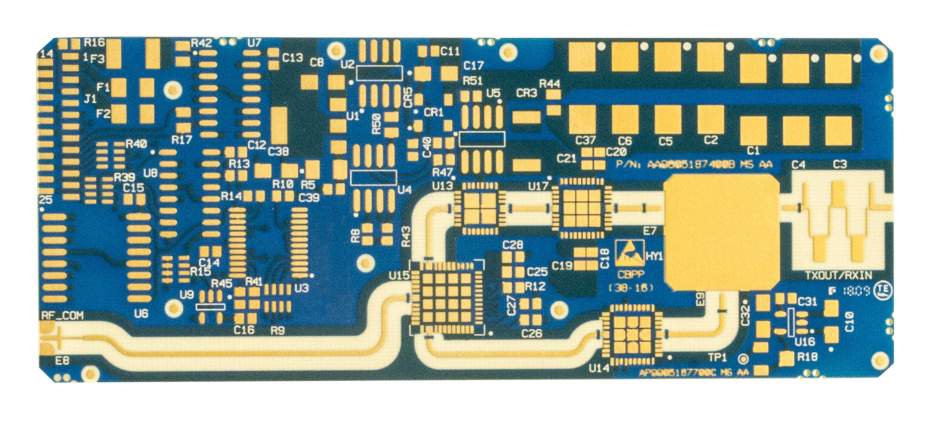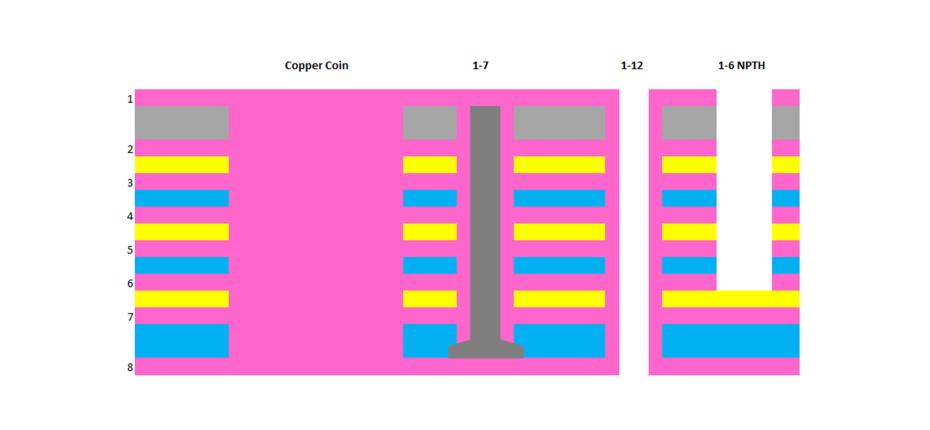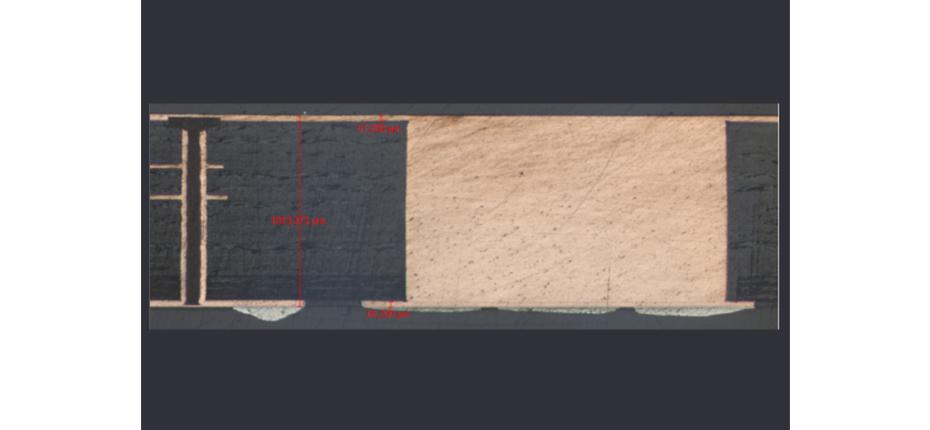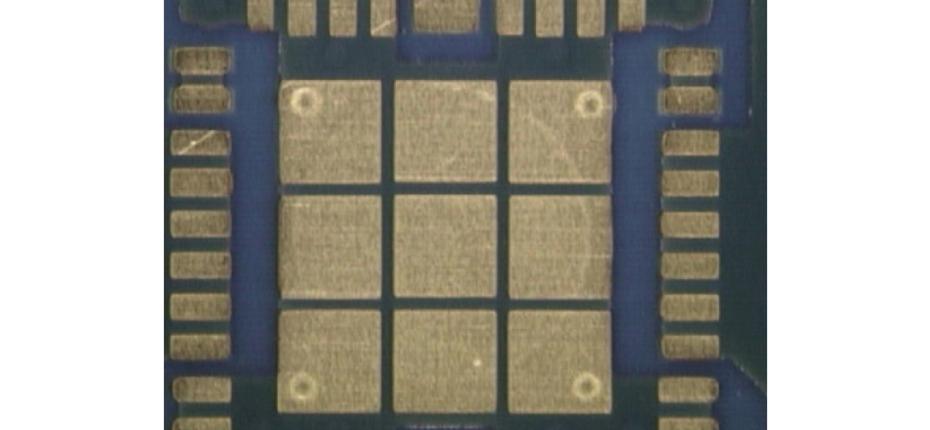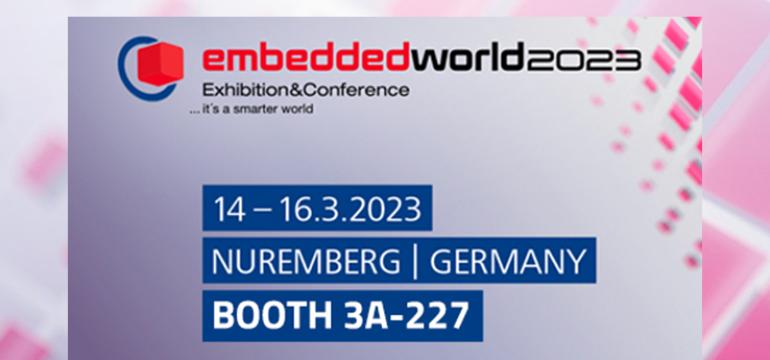Special
Special Printed Circuit Boards.

This category includes PCBs manufactured from mixed materials, embedded PCBs, large-size PCBs, and extra-thick printed circuit boards.
In order to achieve specific performance levels, which are indispensable in some applications, different materials are used, each one capable of giving certain specifications to the finished PCB.
The processing of different materials results in critical issues due to the different mechanical responses that each material exhibits to the stresses which it is subjected to during the production process.
Two different materials may have opposite behaviour as the temperature increases during the pressing process: one could stretch in one direction while the other shortens, one could reach the vitreous transition before the other.
These differences in behaviour can lead to misalignment between the layers of the PCB and result in poor coupling between them.
In the construction of printed circuit boards with mixed materials, the typically used material (FR4) is processed in combination with materials such as ceramic dielectric, Teflon or Kapton, depending on the requirements.
Cistelaier SpA can boast the experience and the ability to process over 100 different base materials.
We provide you with support from the initial design stages of your PCB to assist you in choosing the most appropriate materials.
Another type of PCB that is considered special are those with embedded technology.
The main reason for developing the ability to produce this type of printed circuit board is the limited space on the outer layers to house electronic components.
An embedded PCB incorporates part of the electronic components envisaged in the design into one or more layers within the PCB, allowing more active or passive components to be housed on the PCB.
- to solder some components to the pads of a layer inside the PCB and to include it in the subsequent pressing cycle;
- to stick the electronic component to an insulating layer of the PCB and connect it electrically using laser holes after the subsequent pressing cycle.
While on the one hand these technologies meet space-saving needs and allow maximum integration, on the other they limit repairability, with a cost-benefit factor that should be carefully assessed.
We also offer large-size and extra-thick PCBs.
Significant dimensions are often required for back-panels and large-assembly PCBs where the PCB is similar in size to the same application in which it is housed.
Extra-thick printed circuit boards are frequently used in high-power applications where extra-thick copper laminates or bus bars are used.
The ability to process so many different materials and adopt such a wide variety of technologies requires appropriate machinery, equipment and test systems as well as considerable experience in the manufacturing of PCBs.
Contact us for more information
CASE
